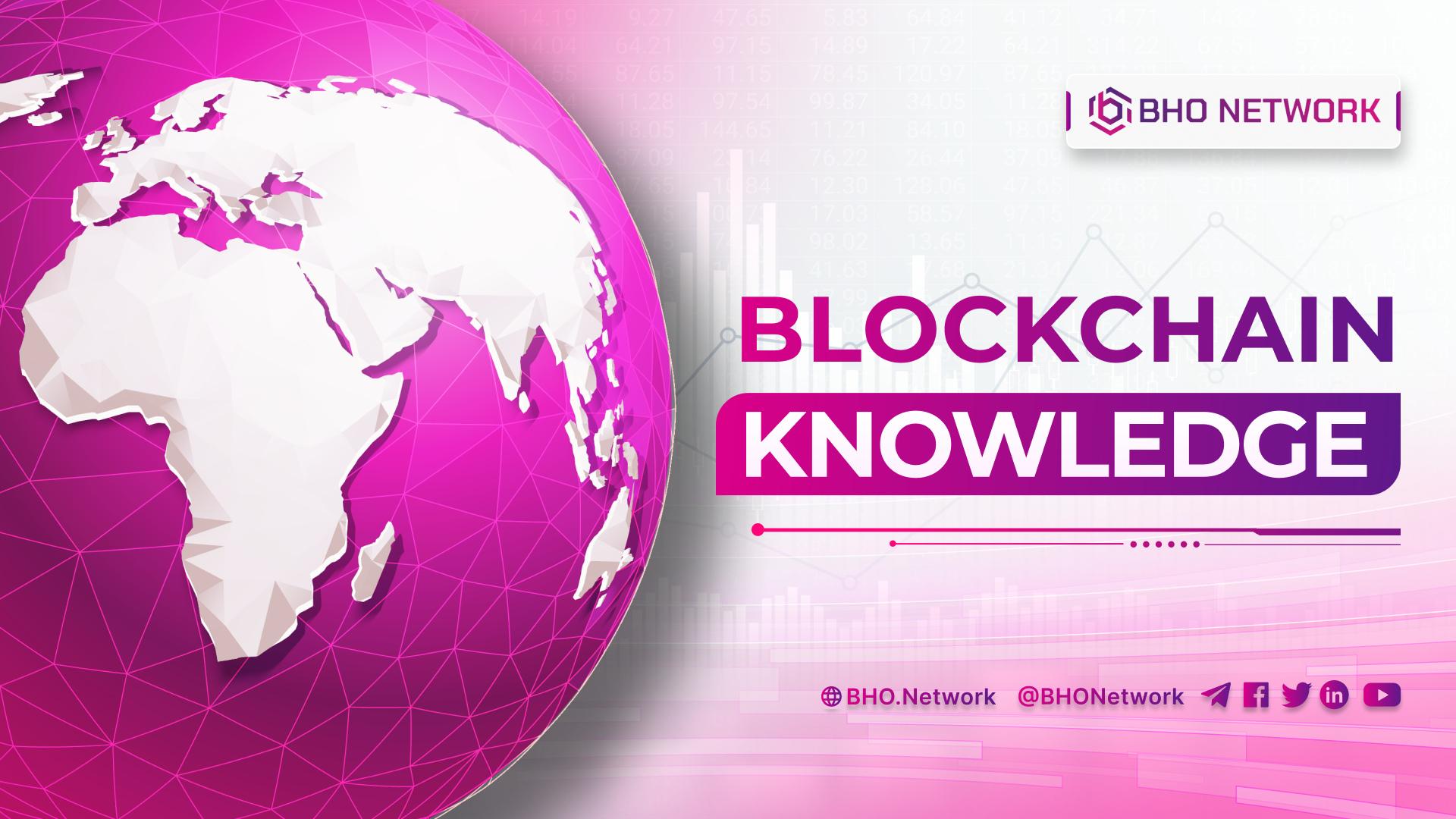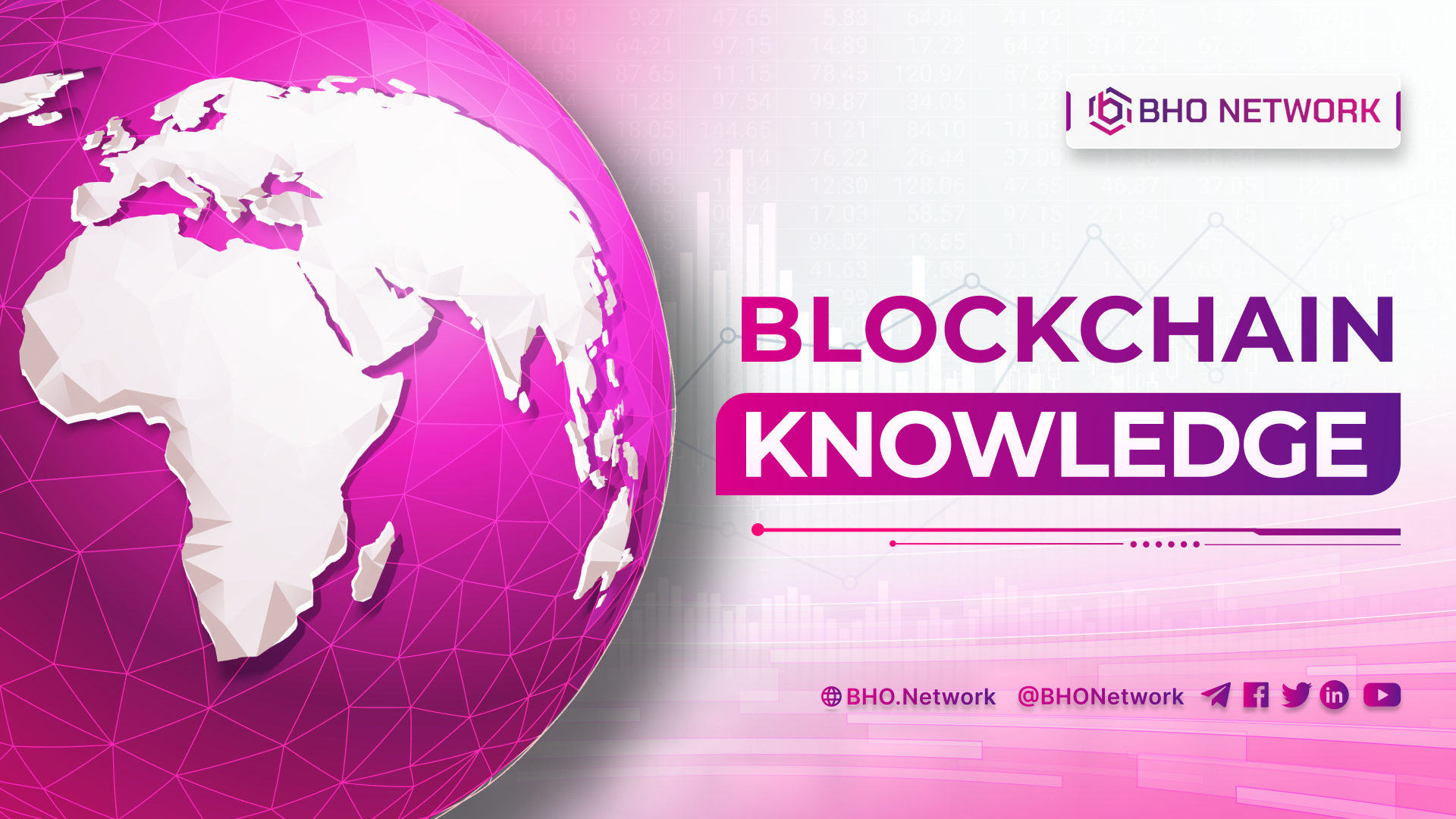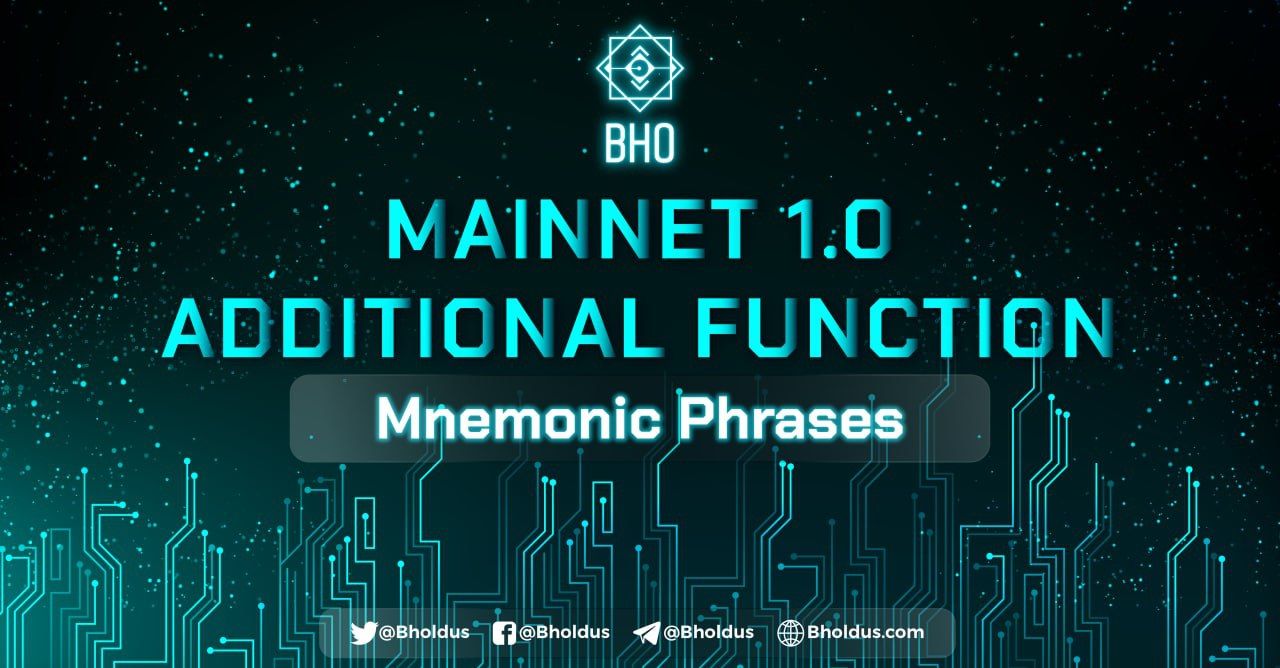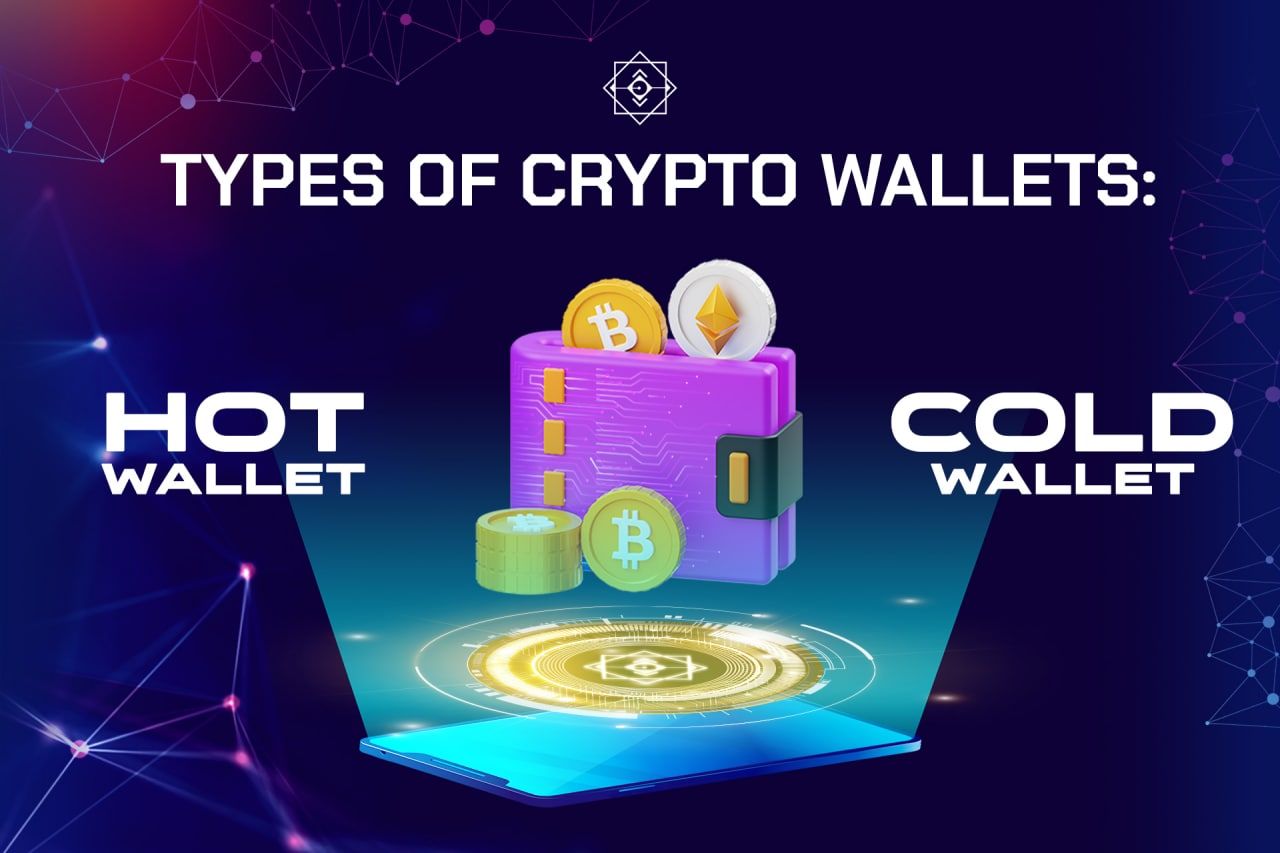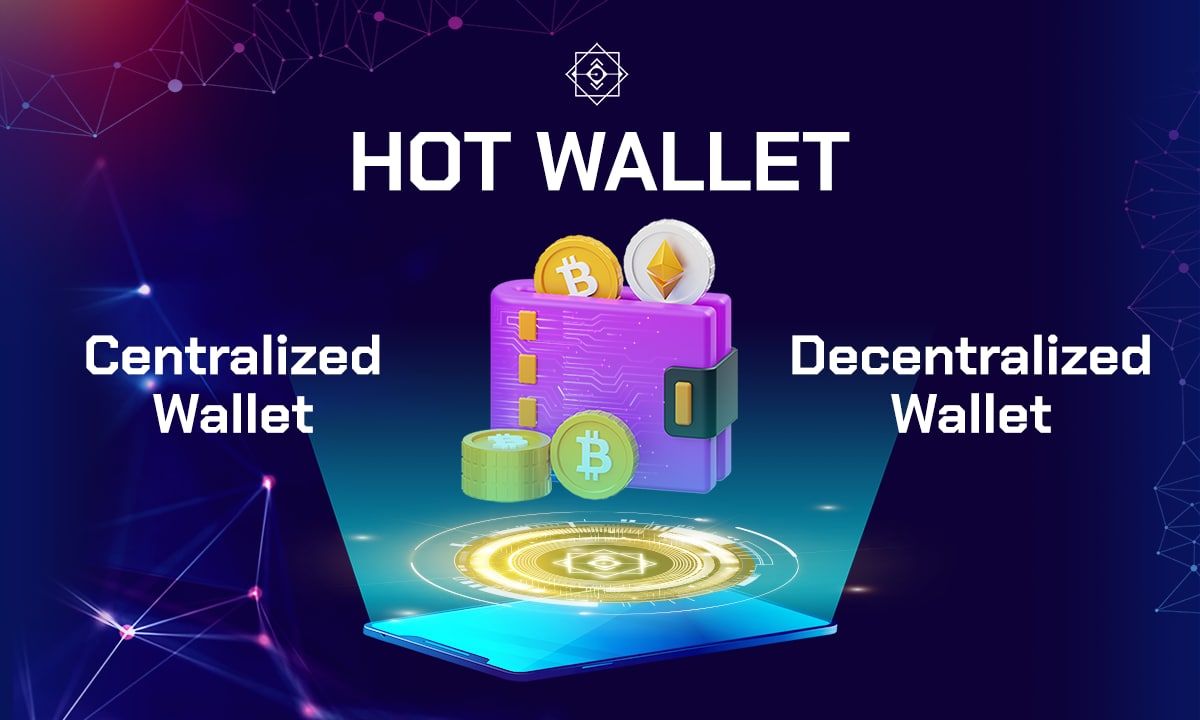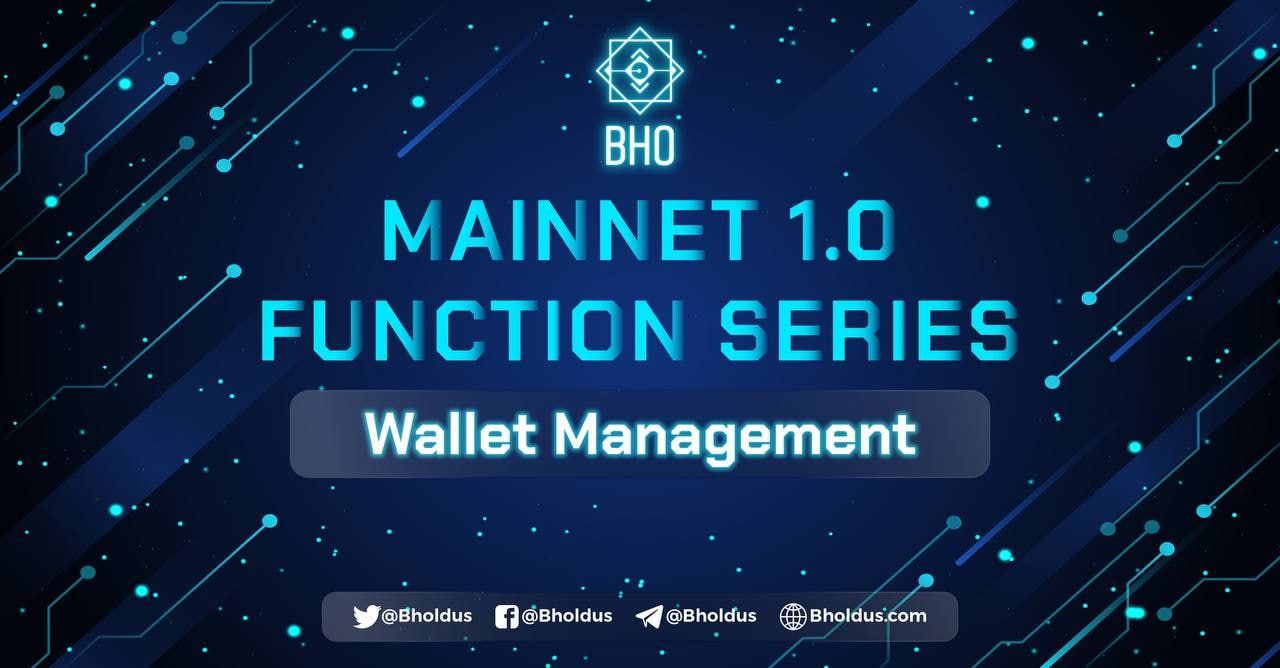- Blog
- Crypto News
- What is SegWit? Detailed information of the SegWit Blockchain
What is SegWit? Detailed information of the SegWit Blockchain
- 1. What is SegWit?
- 2. How does SegWit work?
- 3. Advantages and disadvantages of SegWit
- 3.1. Advantages
- 3.2. Limitations
- 4. Information about Segwit and the Lightning network
- 5. Comparison between Segwit and Segwit2x
- 6. Some notes about SegWit
What is Segwit? Since the Segwit project is still quite new, it is still a big unknown to everyone. However, Segwit in Blockchain, although just launched, has already confirmed its position in the Metaverse market. So why does Segwit attract so many users? What are the advantages of SegWit? Let's find out!
1. What is SegWit?
SegWit is an acronym for Segregated Witness, a process to increase the block size limit on the Bitcoin Blockchain by removing signature data from Bitcoin transactions.
When certain parts of a transaction are deleted, this frees up space or the ability to add larger transactions to the chain.
The reason SegWit was born is that, on average, the Bitcoin network has confirmed a new block every 10 to 15 minutes, each block containing a certain number of transactions. Therefore, the block size will affect the number of transactions and can be confirmed in each block. SegWit is one of the protocol upgrades developed in 2015.
This upgrade has been developed to solve the temporary scalability problem for Bitcoin Blockchain and many Blockchains with infrastructure.
2. How does SegWit work?
The Bitcoin Blockchain is one of the distributed systems on a P2P peer-to-peer network. These systems are called Nodes. They act as a manager of Bitcoin transactions.
All of these transactions on the Bitcoin Blockchain are replicated across these nodes, making it virtually impossible to hack and corrupt dealings.
Transaction data shared across Nodes consists of two components: input and output. There can be one or more inputs and outputs to be able to participate in a transaction.
- The output is the public address of the receiver.
- The input is the public address of the sender.
Much of the space in transactions includes signatures to verify that the sender has the necessary funds to make payments.
Due to technical limitations, only a certain amount of transactions can be added to a block. The weight of those transactions is increasingly weighing on the network and causing delays in the processing and verifying of transactions. In some cases, it takes hours to confirm a valid transaction.
SegWit will introduce a temporary solution that will separate digital signatures from transaction data. This process is called SegWit (Segregated Witness). Digital signatures will take up 65% of the space in any transaction.
SegWit will attempt to ignore the data attached to the signature by stripping the signature from within the input and converting it to a struct.
The consequence is to increase the block size limit to 4MB while the actual block size is still 1MB, but in return, there are other benefits.
Read more: What is IGO? Overview of the IGO project
3. Advantages and disadvantages of SegWit
Besides the information on how Segwit works, what are the advantages and limitations of Segwit?
3.1. Advantages
Increase block capacity:
-
One of the most extensive uses of SegWit is increasing block capacity. By removing the signature data from the transaction input. From there, the block can store more transactions.
-
A transaction consists of two main components: input and output data.
-
Basically, the input data contains the sender's public address.
-
Meanwhile, the output data contains the public address of the receiver. However, the sender still has to prove that they transferred the money and do it through a digital signature.
-
Without SegWit, the signature data could take up 65% of the block size.
-
For SegWit, the signature data will be separated from the input data of the transaction. As a result, the adequate block size increases from 1MB to 4MB.
-
However, it is worth noting that: SegWit will not increase the actual block size but is just one of the technical solutions to increase the adequate block size without increasing the size limit.
-
More specifically, the actual block size is still 1MB, but the practical block size limit will be 4MB.
-
Also, SegWit will help to give an idea of block weight. Block weight can be viewed as an alternative to blocking size.
-
Essentially, the block weight contains a lot of block data that is no longer part of the input data field, including transaction data (1MB) and signature data (up to 3MB).
Transaction Speeds
- With blocks capable of storing transactions, SegWit can also increase transaction speeds because there will be a more significant number of transactions that can move through the Blockchain.
- Although a block mining time remains the same, that block will handle the transactions. Therefore, the TPS (transactions per second) rate will be higher.
- The increased transaction speed also helps to reduce the cost of transactions in the Bitcoin network.
- Before SegWit, the processing of each transaction usually took up to $30. However, SegWit has reduced that cost to under $1 per transaction.
Troubleshooting malleability bugs
- One problem with Bitcoin is that signatures can be forged.
- If the signature on the transaction is changed, the transaction may fail.
- Since it is virtually impossible to change the data stored on the Blockchain, invalid transactions can be permanently stored on the Blockchain.
- With SegWit, the signature is no longer part of the transaction data. Therefore, the attacker will no longer be able to modify the data of the transactions.
- This will fix the problem and has enabled further improvements in the Blockchain community, including many second protocols layers and smart contracts.
3.2. Limitations
Since it is one of the Soft Forks, not all Bitcoin Nodes will receive the Segwit Update. In some cases, there will be some restrictions on use. For example, not all wallets and exchanges are supported by Bitcoin Segwit. Therefore, if a player wants to send Bitcoin to these platforms, you can send their Bitcoin Legacy address.
Bitcoin Node will not always be updated with Segwit, so this is a limitation of SegWit
4. Information about Segwit and the Lightning network
In addition to the advantages and disadvantages of Segwit in Blockchain, players need to understand the basic Segwit and the Lightning network.
Facts about Segwit:
-
Segwit is a proposed update to Bitcoin designed to fix severe problems and extend processing to Bitcoin.
-
Segwit is not a specific technique for extending the Blockchain but rather a collection of updates.
-
Segwit tries to reduce the time it takes to place an additional transaction in the block by expanding the block size and relying on an Off-Chain channel to separate the digital signature of the transaction from the main Blockchain.
-
For the Lightning network Second-layer protocols were developed in part by correcting the modifiability of the transaction. Simply put, second layer protocols are new platforms or products built on top of Blockchain, such as Bitcoin.
One of the more popular second-layer protocols is the Lightning Network, an off-chain micropayment network.
-
The Lightning Network is a solution to enhance Blockchain performance by reducing consensus time.
-
The Lightning Network is one of the second-layer protocols operating on the Bitcoin network. Lightning allows for the creation of many instant transactions between participating Nodes.
-
The Lightning Network is designed to allow the confirmation of transactions in a shorter amount of time. As a result, transactions are processed faster for players.
-
These transactions will be collected off-chain and effectively buffered for processing by the Bitcoin network.
-
The Lightning Network was originally developed for Bitcoin.
-
However, some other cryptocurrency and Blockchain projects are working to implement these technologies for their networks.
-
This technology will help reduce the time to confirm transactions and promote the development of many new solutions to solve the scalability problem.
5. Comparison between Segwit and Segwit2x
To have the most efficient transactions in Segwit in the Blockchain, players need to distinguish between Segwit and Segwit2x.
-
SegWit is an optional software update upgrade (Soft Fork).
-
This means that Bitcoin nodes not updated to contain SegWit can still process transactions.
-
However, to be able to deploy SegWit, another proposal is SegWit2x (S2X) which will require a mandatory software update upgrade (Hard Fork).
-
SegWit and SegWit2x are not only different in the grouping of transactions.
-
And for SegWit2x, the block size also increased from 1MB to 2MB.
-
However, a larger block size will increase the burden on many node operators and miners because more data will be processed.
-
Another notable difference is that SegWit is supported and enforced by the Bitcoin community. This has led to the concept of UASF, which stands for User Activated Soft Fork (this is a player-activated optional software update).
-
On the other hand, SegWit2x has been proposed to change one of Bitcoin's fundamental rules significantly. But because the developers can't agree on how to apply and implement the change. It should have resulted in the SegWit2x implementation being eventually shelved.
Read more: What is Proof of Authority (PoA)? How does it work?
6. Some notes about SegWit
Currently, there are Bitcoin and Litecoin as two of the Blockchain networks that use SegWit.
-
Firstly, when players transfer or withdraw their BTC through the Bitcoin SegWit.
-
Make sure that the platform or e-wallet you choose also supports this network.
-
Avoiding one is using the Bitcoin SegWit. The other is the regular Bitcoin network. If this happens, the user's assets will be lost forever.
-
Second, after SegWit was introduced to the community, the original Bitcoin addresses were called "Bitcoin Legacy (P2pKH)".
-
P2PKH stands for Pay-to-Pubkey Hash, i.e. payment for a hash of the recipient's public key.
-
With incompatible addresses for SegWit, players can still send BTC from P2PKH's address to SegWit's address without any problems.
-
However, the average fee when sending from P2PKH addresses can be higher than when sending from SegWit. These addresses begin with "1".
-
Third, SegWit addresses or SegWit (P2SH) are general purpose addresses intended to support both non- SegWit and SegWit transactions.
-
Using P2SH, a player can send Bitcoins to a secured address in various unusual ways without knowing the details of how the security is set up.
-
Users only need to send bitcoins to a ~34-character P2SH address.
-
Recipients may need the signatures of more than one person to use this amount of Bitcoin. These addresses begin with "3".
-
Fourth, the address of SegWit (Bech32) begins with "bc1".
Note: Players should pay attention to choosing the right network when transferring money. Not all wallets and exchanges support all three addresses.
Related posts:
- What is Etherscan? All the details about Etherscan.io
- What is Metaverse? All the information you need to know about the Metaverse
Above is all the essential information to help you answer the question What is SegWit? Hopefully, after reading this article, you will have the most overview of Segwit in Blockchain to increase your confidence when participating in transactions. In addition, if you have any other questions about the SegWit, please contact BHO Network for more information!
Published on July 20, 2022
Tagged topics
